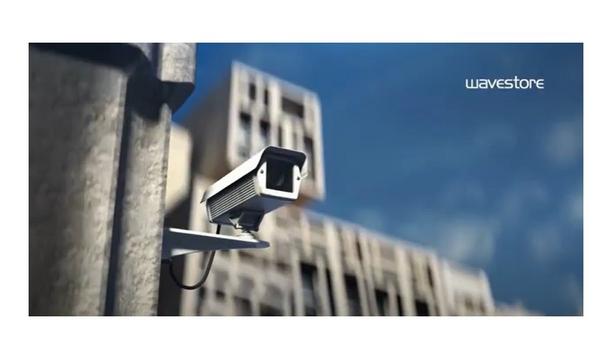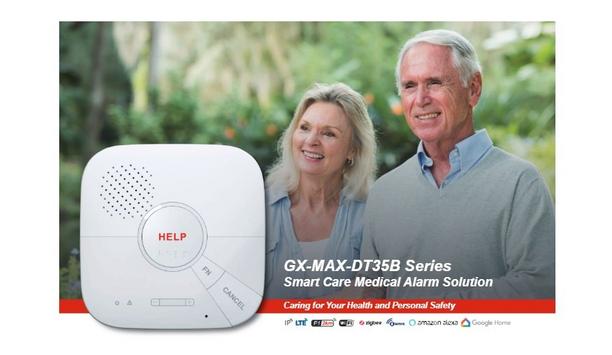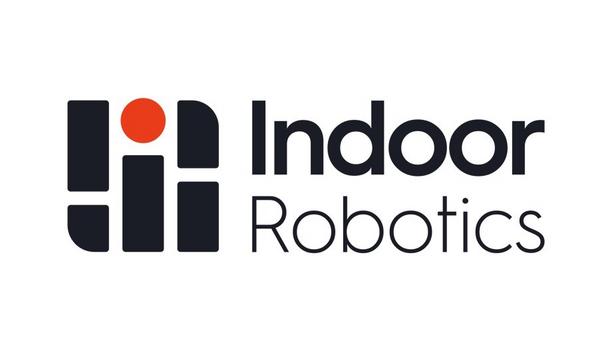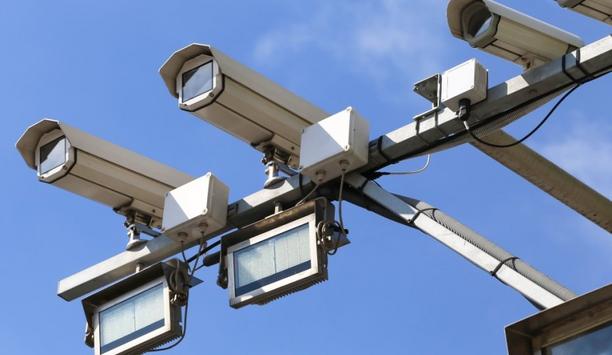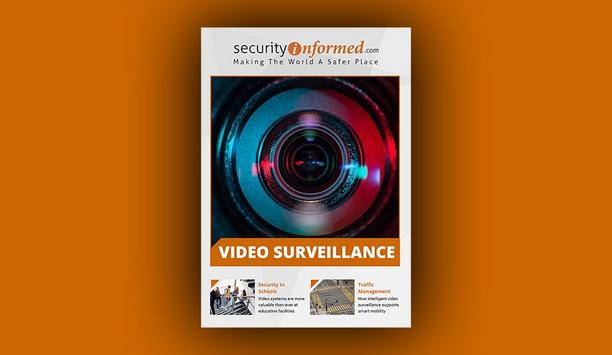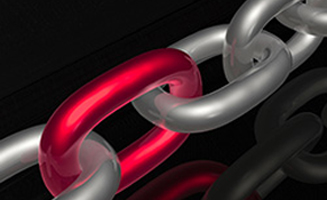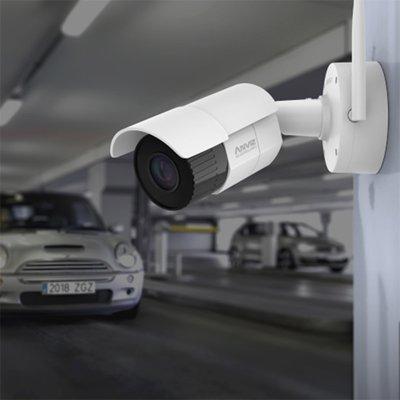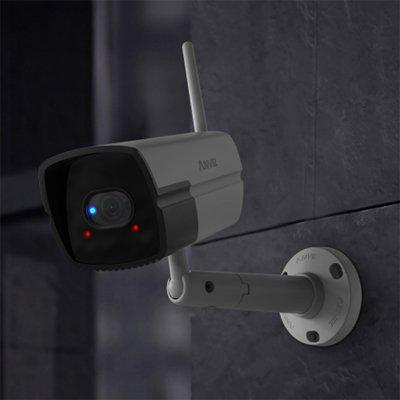 |
| Security technologies are used in a wide variety of locations and environments in the transportation vertical |
Transportation is among the more diverse markets within the security industry, consisting of multiple non-homogeneous segments and some varied sub-segments, too. Transportation means a lot of different things to a lot of different people. Typically, the transportation vertical includes any entities responsible for moving people and goods – that would encompass public transport systems, airports, seaports and intelligent traffic systems (ITS), just to name a few.
Security technologies are used in a wide variety of locations and environments in the transportation vertical. Among public transit applications alone, there are almost countless locations, including stations, yards, depots, administrative offices, and the vehicles themselves – each has its own variety of security system applications and challenges.
Airports are their own separate world, with indoor and outdoor applications, in secured or public areas. Outdoor applications at airports must address security challenges at the perimeter, on the runways, in parking and drop-off areas. Interior security applications include access control doors, technology used at the TSA checkpoint, cameras almost anywhere.
“When we say transportation, the key thing is the wide variety of different applications,” says Anthony Incorvati, business development manager, critical infrastructure and transportation, Axis Communications. For a company like Axis with a broad product line, the diversity of the transportation market offers almost endless ways to use its cameras in a variety of unique and challenging ways. Axis and other manufacturers seek to align their products to address all the different and varying requirements within the transportation segment. A specific need might mean purpose-built cameras that can withstand the shock and vibration of being installed on-board a moving vehicle. Or it might mean a camera to provide clear images in low-light or back-lit situations.
Legacy technology with inefficient video offload processes and poor image quality compound operational inefficiencies and can impact the safety and security of transit personnel and the public |
Possibilities within the transportation vertical are rich. Technology can be used in train stations, airport terminals, seaports to cover a wide range of activity. Video analytics can be used for operations (collecting data), used to measure traffic flow, count vehicles. In the intelligent traffic systems/departments of transportation (ITS/DOT) market, vehicle counting provides data to inform planners to alter roadways, adjust traffic flow, design signals. “The ITS/DOT market is a growing market, but it is one of the sub-segments within transportation that has been holding onto analog video the longest,” says Incorvati. “But we are seeing a shift happening now. A lot more IP cameras are going into toll roads and turnpikes, used for monitoring traffic and toll booths.”
Today’s public transportation agencies are experiencing growing pains they haven’t seen in decades, says Steve Cruz, strategic transit solutions manager, Panasonic System Communications Company of North America. As ridership has increased, so have security and operational issues. Many struggle with aging mobile surveillance systems and have not kept pace with migration from analog to IP-based systems. Legacy technology with inefficient video offload processes and poor image quality compound operational inefficiencies and can impact the safety and security of transit personnel and the public, he notes.
The need for security never decreases. Mass transit systems continue to be a target for common criminals. With increased ridership comes a growing number of crimes committed on public transit. As a result, advanced security and surveillance technologies, such as HD and Full HD cameras that can capture crystal clear images day or night, are critical tools that can be used as indisputable evidence for accident and liability investigations and in the courtroom in the event of a crime, says Cruz.
While video surveillance solutions are increasingly a staple for transit agencies, many are underutilising digital signage technology, according to Panasonic. Digital signage can be used on cars, trains and platforms to deliver information in real-time and provide useful communication with passengers. This can include interactive maps that help riders navigate the system and other important information such as system delays or emergency alerts, says Panasonic.
A more across-the-board system approach can simplify security systems for transportation customers, according to March Networks, which uses the same interface and management (enterprise) software to cover both onboard and wayside systems. For multi-modal, rail, light rail, street car, bus and para-transit operations, the same system also covers shelters, platforms and transportation centers. “We do it under the same umbrella command,” says Rob Schwaber, product manager, mobile/transit products, March Networks. “There is a lot of commonality.”
“This is absolutely a growing market, based on the interest we have seen and the customers we have talked to,” says Dan Cremins, director, product line management, March Networks. “There is a real need for solutions, both in North America and globally.”



